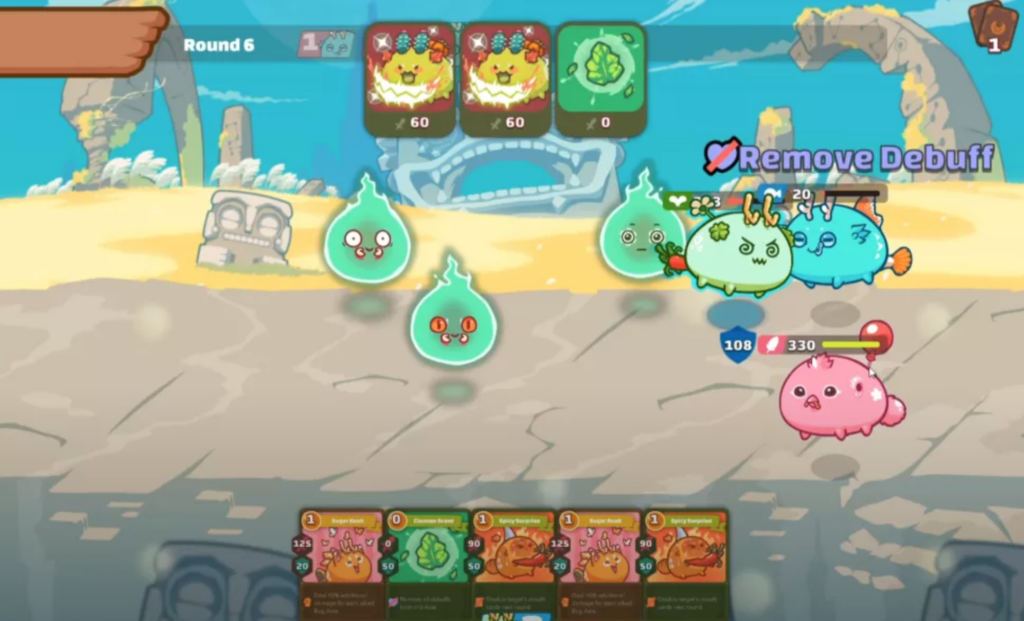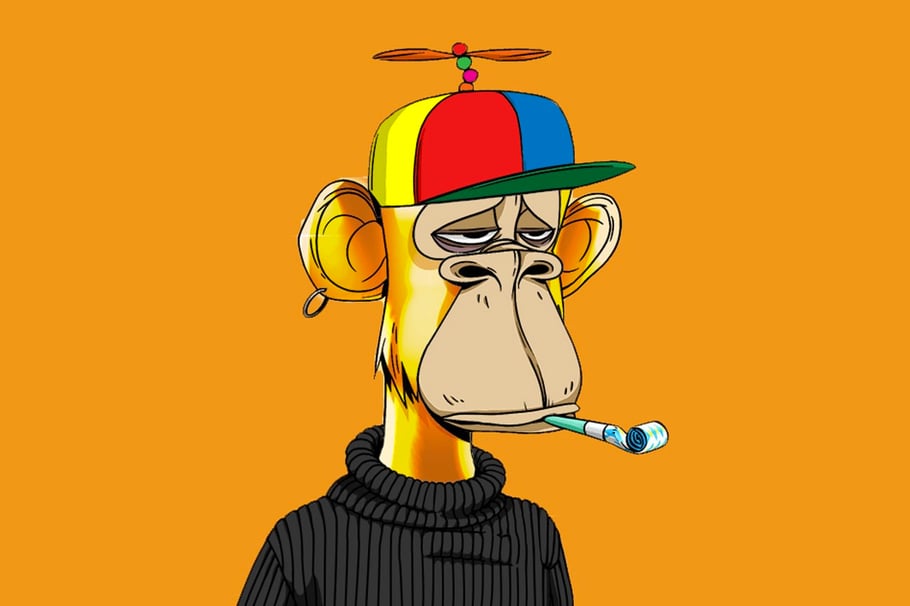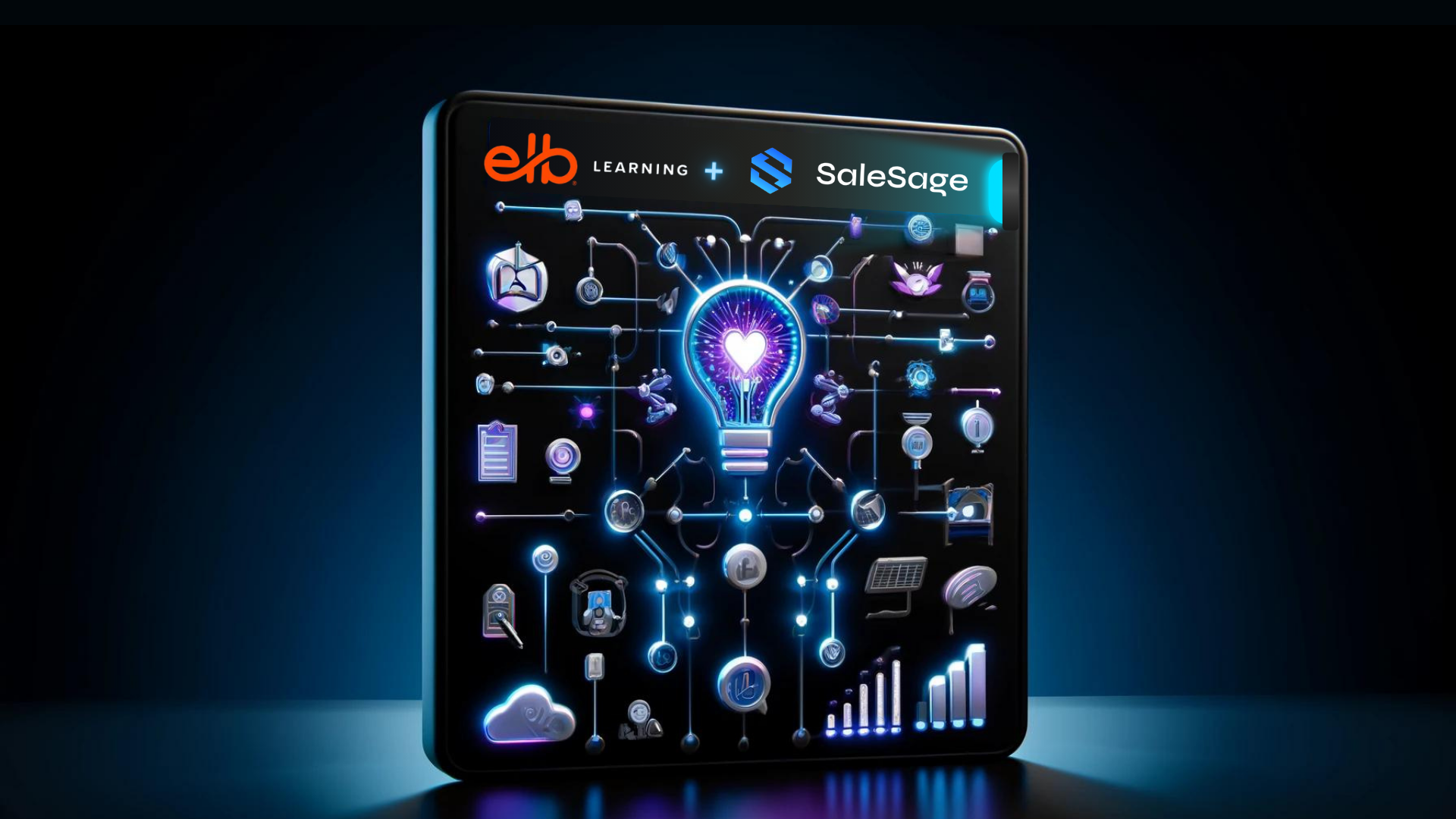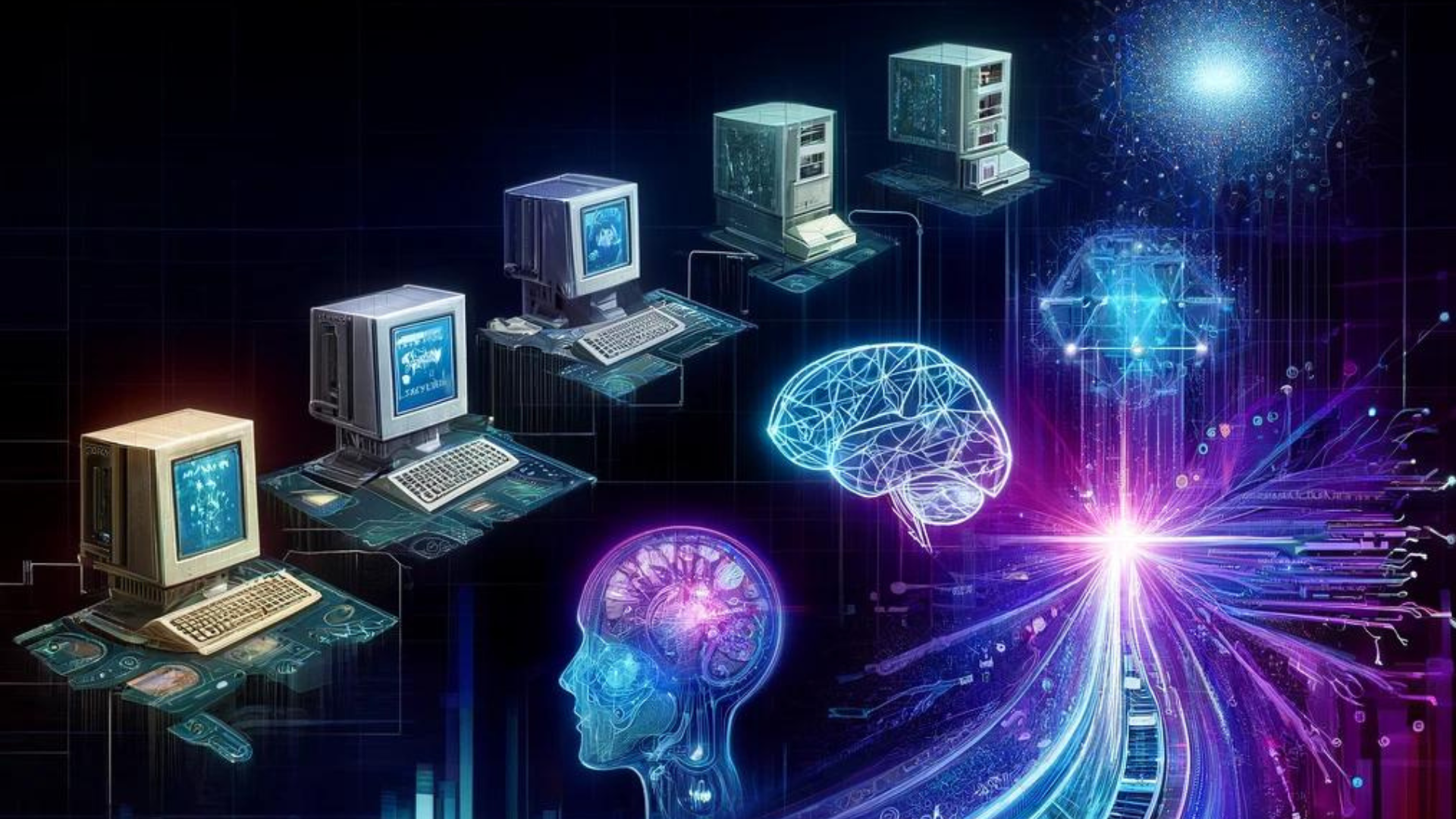NFTs: Providing Utility Beyond Digital Collectibles
Today, you would be hard-pressed to find a more polarizing acronym than NFT, which stands for non-fungible token. Some see NFTs as the future of ownership, while others describe them as a poverty trap.
The reason why there are such conflicting opinions about the usefulness of NFTs is easy to explain: many people still don’t fully understand the technology and are not aware that its utility extends far beyond digital collectibles. The same utility misunderstanding was true for Augmented Reality (AR) a decade ago.
What is the Metaverse: Where We Are & Where We’re Headed >>
The Foundation Of The Metaverse: Centralization Versus Decentralization >>
What Are NFTs?
Investopedia defines NFTs as “cryptographic assets on a blockchain with unique identification codes and metadata that distinguish them from each other.”
All NFTs have two key properties that separate them from cryptocurrencies like Bitcoin and traditional digital assets:
- They are non-fungible
- They are scarce
The similarities of NFTs and cryptocurrencies include leveraging the underlying blockchain technology and the purchase or ownership is transacted virtually through internet protocols.
NFTs are non-fungible, therefore they can’t be exchanged for another asset of the same type because each NFT has some unique qualities known commonly as attributes. Since NFTs are stored on various blockchains, they can’t be endlessly replicated and shared.
From the time the first known NFT, called Quantum, was created by Kevin McCoy and Anil Dash in May 2014, there has been an endless stream of NFT-related headlines, often featuring an obscenely large sum of money that someone paid for the privilege of ownership.
Kevin McCoy's Quantum, originally minted in 2014 on the Namecoin blockchain.
Perhaps the best example is the most expensive NFT sold so far. It is a unique digital artwork called The Merge. Created by a renowned artist who goes by the pseudonym Pak, this fragmented piece of art was sold for $91.8 million to 28,983 collectors.
Other NFTs that sold for millions of dollars include Beeple’s Everydays, Human One, CryptoPunk #5822, #7804, #7523, and #3100, and the list goes on.
In addition to artists and blockchain enthusiasts, NFT collections are being minted by a growing list of celebrities and brands including the NBA, Formula 1, Coca-Cola, Taco Bell, Eminem, Grimes, Paris Hilton, Gwyneth Paltrow, Reese Witherspoon, Justin Bieber, and Kevin Hart.
While some newcomers to the world of NFTs want to ride the hype train to make a quick buck, many genuine innovators are exploring a diverse range of NFT use cases.
The fact that the global NFT market size reached $41 billion in 2021, up from just $100 million in 2020, is proof that there’s more to NFTs than what attention-grabbing headlines published by mainstream media news outlets show.
Evolving Utility of NFTs
Just like Bitcoin sparked a global cryptocurrency revolution when it was first released in January 2009, the invention of NFTs is now inspiring innovators and visionary enthusiasts from around the world to explore how blockchain technology can be used to not only verify asset ownership but also to provide additional utility to asset owners.
Let’s explore the evolving utility of NFTs by focusing on several aspects of our daily lives that are already impacted by the technology.
Gaming
Some of the largest gaming companies, including Ubisoft, Square Enix, and EA, have recently announced their desire to incorporate NFTs into their games.
"I see 2021 not only as ‘Metaverse: Year One,’ but also as ‘NFTs: Year One’ given that it was a year in which NFTs were met with a great deal of enthusiasm by a rapidly expanding user base."
Yosuke Matsuda, President and Representative Director of Square Enix
NFTs can be seen as a natural evolution of in-app purchases, which drive about 95 percent of user spend among mobile gamers. By decentralizing the ownership of in-app purchases, they pave the way for in-game assets to be freely exchanged among gamers and even transferred between different games.
Developers and publishers can create player-driven economies of in-game assets by equipping gamers with content creation tools that allow them to design, advertise, and sell everything from digital fashion for their avatars to vehicles, weapons, and more.

Image: Axie Infinity, a monster raising game where the monsters you breed and battle are NFTs.
Social Spaces
Most people who pay attention to what’s happening in the digital world have heard about Bored Ape Yacht Club, a collection of 10,000 NFTs featuring cartoon primates. Many of the same people also wonder why anyone would pay as much as $3.4 million for an image of an ape.
What they don’t know is that the owners of Bored Ape NFTs get to access an exclusive social space where they can meet with other likeminded individuals, including celebrities, and chat about anything they want, such as entrepreneurship and investing.

Bored Ape Club by Yuga Labs
When used this way, NFTs essentially serve as passes to exclusive community clubs, and these clubs don’t have to be only digital. For example, some owners of VeeFriends, an NFT collection launched by serial entrepreneur, investor, and media mogul Gary Vaynerchuk (aka Gary Vee) get to enjoy free access to VeeCon from 2022 to 2024.
Gary’s NFT collection also includes collectibles that come with perks such as a mentoring session from Gary himself. Naturally, the value of such NFTs goes far beyond the ownership of the unique piece of art associated with them.
Metaverse
Meta, Microsoft, Apple, Epic Games, Nvidia, Niantic, Sandbox, Decentraland, and Somnium Space are just some of the many companies that are actively building the so-called metaverse, an embodied internet that’s expected to grow at a compound annual growth rate of 13.1 percent over the next few years.
Depending on who you ask what the most important properties of the metaverse are, you will get different answers, but they will almost always include data continuity as a core property of the metaverse.
Data continuity is important because it enables users to seamlessly move between virtual worlds, taking their digital possessions with them the same way people take their physical possessions with them when they move to a different city.

MetaMundo
NFTs make it possible for all virtual items in the metaverse to be uniquely identifiable, purchasable, and exchangeable on 3D NFT marketplaces like MetaMundo, which raised over $2.7 million in seed funding in November 2021.
Healthcare & Real Estate
Applications of NFTs in Healthcare has become a popular discussion in rural regions of our planet. Africa, for instance, could benefit greatly from the use of NFTs for a public register to authenticate medical personnel (unique digital identities) and the issuance of birth certificates.
In addition to Healthcare, other industries, such as Real Estate, could leverage NFTs for chain of custody documentation around current property ownership and historic land transfer records (i.e.: property deeds). Proof of ownership and chain of custody is not something we think much about in North America due to the maturity of our systems, but in other regions land grabbing, single source paper documents, and confusion of ownership remains a real problem that NFTs could help to solve.
Conclusion
The NFT market is still in its early stages, with novel use cases being explored almost every day. Nobody knows exactly what role NFTs will play in our future lives, but their growing utility beyond digital collectibles indicates that it won’t be a minor one.






